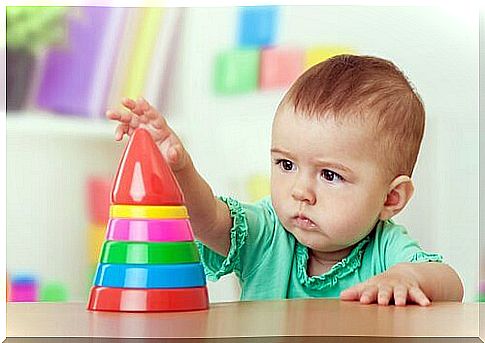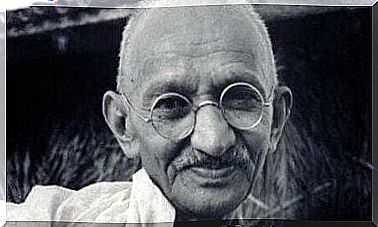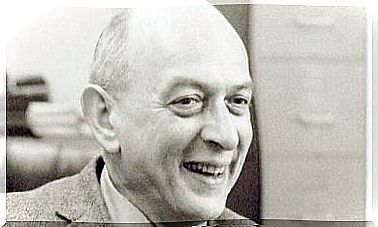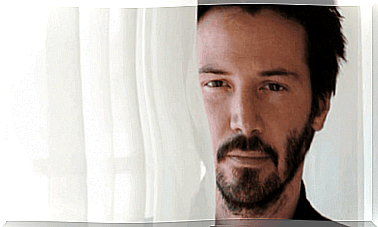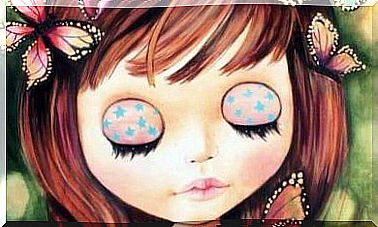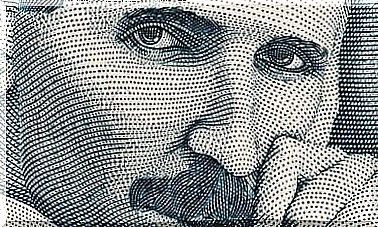The Preoperative Development Phase, According To Piaget
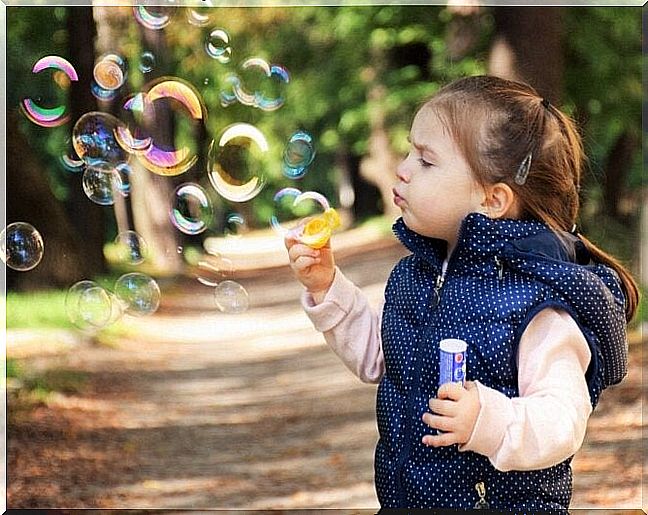
Jean Piaget, Swiss epistemologist and biologist, devoted a large part of his life to contributing to childhood studies. Among them is the theory of cognitive development, which considers that the human being develops from birth, constantly, going through stages.
In his work, Piaget introduces the idea of mental processes in the child. He encompasses in this concept his theories about how a child thinks and how it differs from adult thinking. It explains the evolution of children’s thinking through stages in which they develop and evolve, both physically and mentally.
This epistemologist asserts that this development is not linear, but that evolution takes place in stages , in which patterns characteristic of each age are formed. For Piaget, intelligence is therefore the result of a process of biological, social and environmental maturation.
According to Piaget, children see the world differently from adults. They build a mental model of the world from the gradual reorganization of cognitive processes. In principle, they understand their environment in order to continue to experience it and to discern between previous and new learning.
Stages of the development of the child’s thinking
Jean Piaget distinguishes 4 stages in the development of children’s thinking:
- Sensorimotor period. Also known as a sensorimotor. This stage goes from birth to 2 years.
- Preoperative or preoperative stage. This stage, which we will discuss later, lasts from 2 to 7 years.
- Stage of concrete operations. It refers to logical operations and ranges from 7 to 12 years.
- Formal operations stage. It begins from the age of 12, that is to say, it occupies the entire adult life.
With these studies of human intelligence, Jean Piaget laid the foundations for epistemological genetics, which was incorporated into psychology and educational theories. His source of inspiration was his children, whom he observed and analyzed to develop his theories.
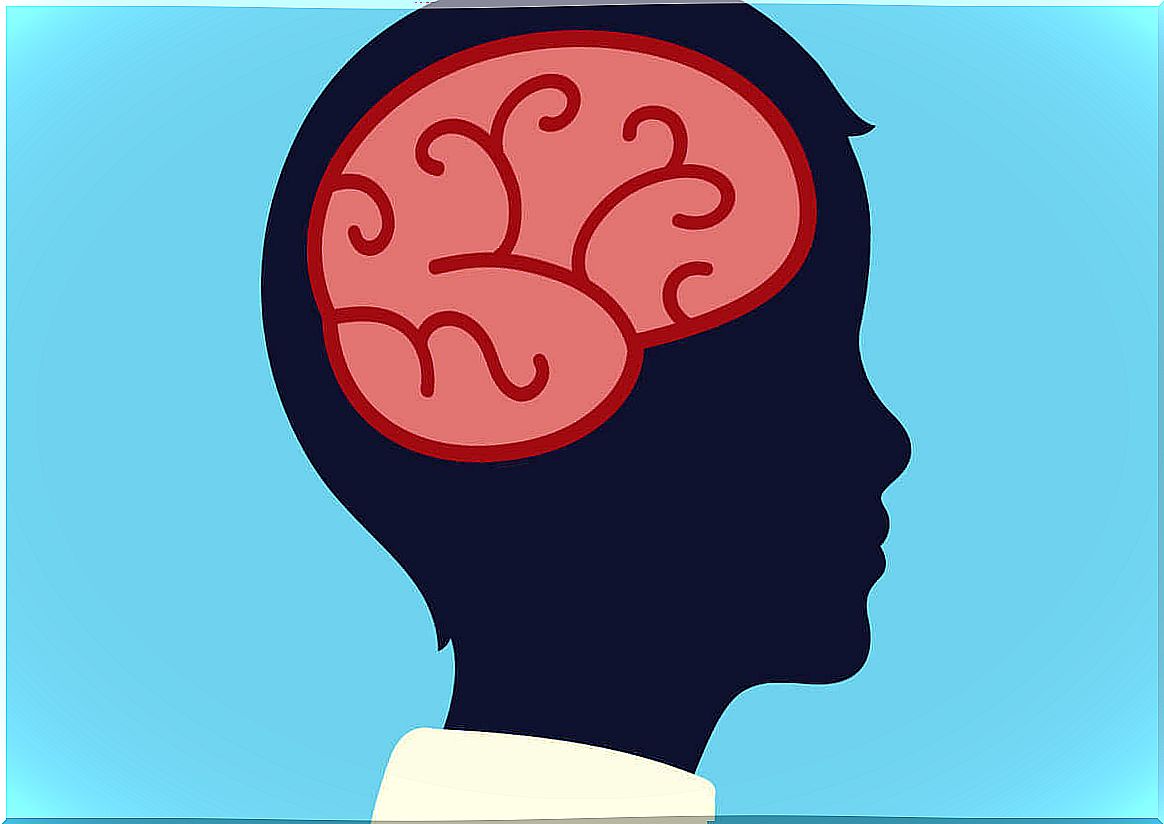
The preoperative phase
The preoperative stage occurs between 2 and 7 years. In this stage, certain achievements are manifested compared to the previous stage. Among them, having the ability to use internal images, to manipulate diagrams, to have a language and to use symbols.
The child can develop his own consciousness during the preoperative phase. One of the main characteristics associated with this achievement is seen in the preponderance of egocentric thinking that the child possesses. It can also be observed that the imagination is of great importance during this stage.
The development of language use is very important during the preoperative phase. This, along with more representative knowledge, helps to improve his communication. The fact of better capturing and understanding ideas, helps the child to express himself better.
Piaget subdivided this step into two:
- Preconceptual. She ranges from 2 to 4 years old and the child is unable to understand relative terms, such as major and minor.
- Intuitive. They range from 4 to 7 years and the child already acquires the use of relative terms, although he shows limits in logical capacity.
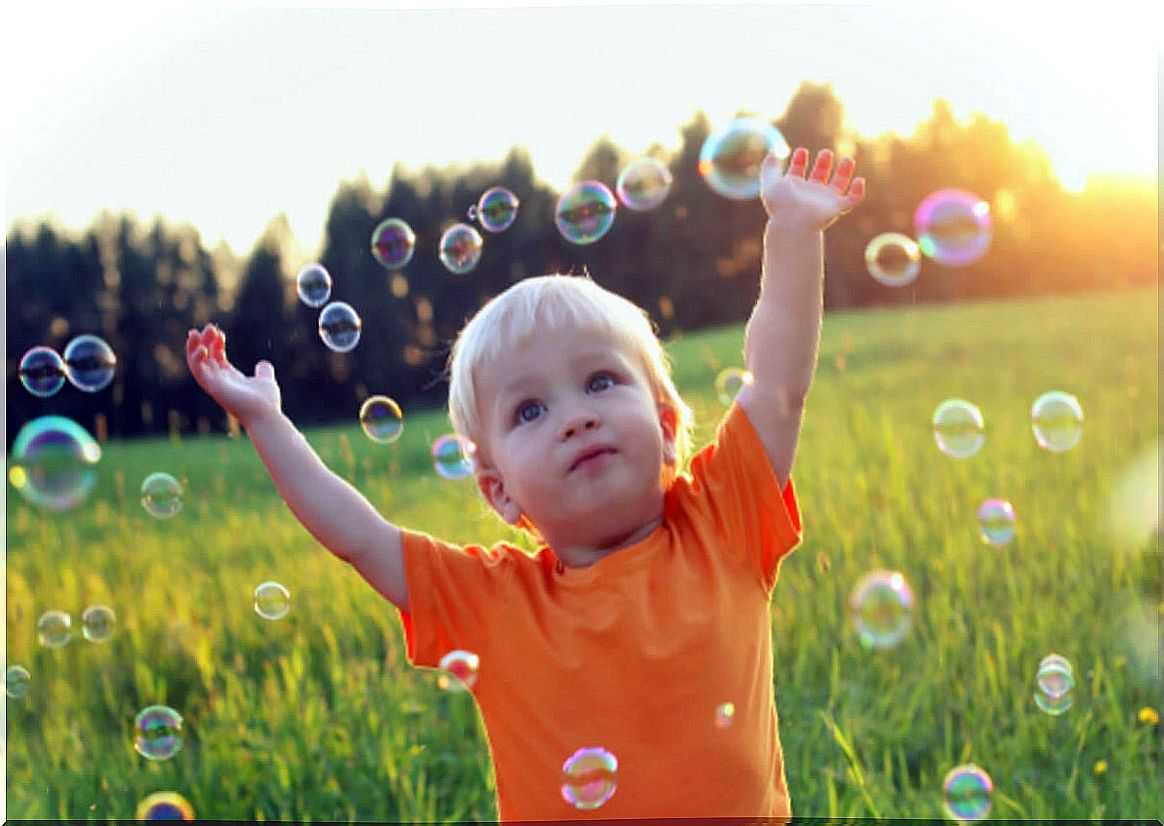
General characteristics of the preoperative phase
The preoperative phase is characterized by the following aspects:
- Centralization. Children can only focus on one object or situation at a time. At this age, they have difficulty dealing with several aspects simultaneously. They are more likely to focus their attention on non-social issues than on those of a social nature.
- Self-centeredness. With this term, Piaget designates the way of seeing and describing things that revolves around the child’s own experience. Everything is centered on him.
- Animism. Belief that non-human objects, whether toys or otherwise, have human feelings. Piaget believes that the child of this age believes that the natural world is alive, has a purpose and a consciousness.
- Artificialism. It is the belief that some aspect of the world around them is created by humans, such as clouds.
- Irreversibility. Inability to reverse a sequence of events from point X to its starting point.
In addition, the children play, but not among themselves, in parallel. They even play while sharing the same space, but each is engrossed in their own world and rarely interact with the others. However, they have the ability to perform symbolic games, representing themselves or objects in different roles or facets.
